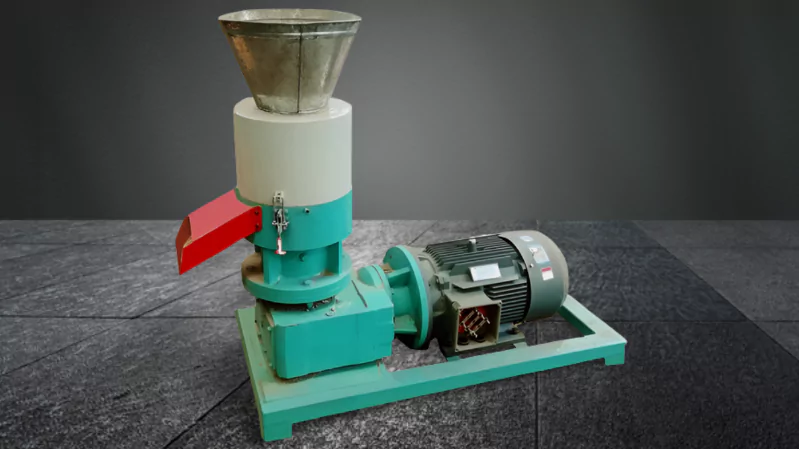
| Price | 2500-50000 USD |
| Delivery Time | 20-25 days |
| Available | In Stock |
| Package | In Free Fumigation Wood Box |
| Guarantee | 1 Year |
| Shipping | By Sea or By Air |
| Payment Method | Wire Transfer or Western Union |
| Brand | Victor |
Wood Pellet Mill: 0.1-3T/H Capacity & 3-10mm Output
| Production Output | 0.1-3 t/h |
| Power | Electric motor |
| Voltage | 110-415V |
| Raw Materials | wood sawdust, grass, hay, alfalfa, edible leaf etc |
| Type | flat die type |
| Final product size | 3-10 mm |
| Application | fuel pellets |
| Used For | wood pellets |
Technical Parameters: 7.5-110kW Power Range & Industrial Models
| Model | Capacity(kg/h) | Power(kw) | Pellet Size(mm) | Pellet Length(mm) | Pellet Density(g/cm3) | Pellet Moisture(%) | Demension(mm) | Weight(kg) |
| VTMKL-200 | 100-120 kg/h | 7.5kw | 6mm-30mm | 20mm-50mm | 1.1-1.3 g/cm3 | < 7% | 1150*530*750mm | 350KG |
| VTMKL-250 | 200-300 kg/h | 15kw | 6mm-30mm | 20mm-50mm | 1.1-1.3 g/cm3 | < 7% | 1450*700*1200mm | 550KG |
| VTMKL-300 | 300-500 kg/h | 22kw | 6mm-30mm | 20mm-50mm | 1.1-1.3 g/cm3 | < 7% | 1600*800*1450mm | 750kw |
| VTMKL-350 | 500-700 kg/h | 30kw | 6mm-30mm | 20mm-50mm | 1.1-1.3 g/cm3 | < 7% | 1650*1000*1500mm | 950kg |
| VTMKL-450 | 700-900 kg/h | 37kw | 6mm-30mm | 20mm-50mm | 1.1-1.3 g/cm3 | < 7% | 1800*1100*1650mm | 1100kg |
| VTMKL-550 | 900-1500 kg/h | 45kw | 6mm-30mm | 20mm-50mm | 1.1-1.3 g/cm3 | < 7% | 2000*1000*1700mm | 1700kg |
| VTMKL-800 | 1500-2000 kg/h | 90kw | 6mm-30mm | 20mm-50mm | 1.1-1.3 g/cm3 | < 7% | 2050*1050*2250 mm | 4250kg |
| VTMKL-1000 | 2000-3000 kg/h | 110kw | 6mm-30mm | 20mm-50mm | 1.1-1.3 g/cm3 | < 7% | 2100*1200*2300 mm | 5200kg |
working video of Wood Pellet Mill
Introduction
For businesses that deal with wood waste, like sawmills or furniture stores, that material is often a waste that isn’t worth much. People who want to lower their heating bills are always under financial pressure to use fossil fuels. The wood pellet mill is the most important piece of technology that turns this problem into an opportunity.
It lets you turn wood scraps into a dense, useful, and steady source of fuel. We will look at how the wood pellet mill works. We will also compare the main technologies and give you a detailed list of things to look for when choosing a machine that will give you a good return on your investment.
Why Invest in Wood Pellet Production?
Investing in biomass pelletizing equipment offers several significant financial and operational benefits.
- Significant Cost Reduction & Revenue Generation For users with wood waste, this turns a disposal cost into a revenue stream. For users needing heat, making your own wood pellets for stoves / boilers can reduce heating costs by 30-50% compared to oil or propane.
- Superior Handling and Storage Efficiency A key benefit is densification. The pelletizing process increases the bulk density of sawdust from around 150 kg/m³ to over 650 kg/m³. This means you can store over four times the energy in the same space compared to wood chips.
- Consistent and Efficient Combustion The low moisture wood pellet production process ensures a moisture content of <10%. This, combined with the uniform size of pellets, leads to cleaner, more efficient, and automated burning compared to traditional firewood.

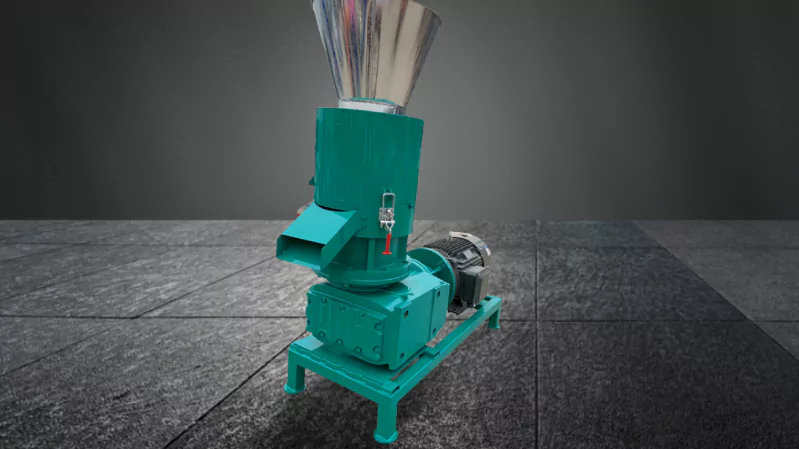
ring die vs flat die
Ring die wood pellet mill.
Choose this for at least 1 t/h. Ring die gives you more stable torque and longer duty cycles. It works with hardwood blends with a lower risk of stalling. The ring die and roller shells are the parts that wear out. Depending on the hours and feedstock, change intervals are usually between 2 and 6 months.
Flat die wood pellet mill.
You can use this for home or test runs. It’s easy and doesn’t cost much. It works well with softwood sawdust at low costs. It doesn’t cost much to change dies, and it doesn’t take long. There is a limit on throughput. At the same quality, energy per ton is higher.
Selection matrix.
Set the budget, the capacity, the duty hours, the die size (6 mm vs. 8 mm), the target PDI (98% or higher), and the feedstock mix (hardwood vs. softwood). A ring die with a main motor of 90 to 132 kW is a common starting point for a wood pellet mill that makes 1 ton of pellets per hour. For 500 kg/h, a power range of 55 to 75 kW is normal.
Technical Comparison Table
| Specification | Flat Die Pellet Mill | Ring Die Pellet Mill |
|---|---|---|
| Typical Capacity | 50 kg/h – 1 t/h | 1 t/h – 5+ t/h |
| Best For | Hardwoods, Small Scale | Softwoods, Industrial Scale |
| Initial Cost | Lower | Higher |
| Energy Consumption | Generally higher kWh/t | More efficient at scale |
How Wood Pellets are Made: The Manufacturing Process
It takes several steps to turn raw wood into a finished pellet. Every step is important for the quality of the final pellet.
Step 1: Feedstock Preparation
The right preparation of feedstock for pellet mills is the first step to a successful operation. First, the raw material needs to be ground down to a size of 3 to 5 mm. A dryer must then be used to lower the moisture content to the best level of 10–15% for pelleting.
Step 2: Pelletizing
The sawdust that has been prepared goes into the wood pellet mill. The high pressure (usually over 100 MPa) and friction inside the die make heat, which usually reaches 90–130°C. The wood’s natural lignin, which acts as a binder, is activated by this heat. This is the key to making wood pellets without a binder.
Step 3: Cooling and Screening
Pellets come out of the mill hot, so they need to be cooled in a pellet cooler and bagging system to harden. The checklist for checking the quality of the pellets includes screening to get rid of fine particles, which can be recycled. This step is very important for getting a high pellet durability index (PDI).
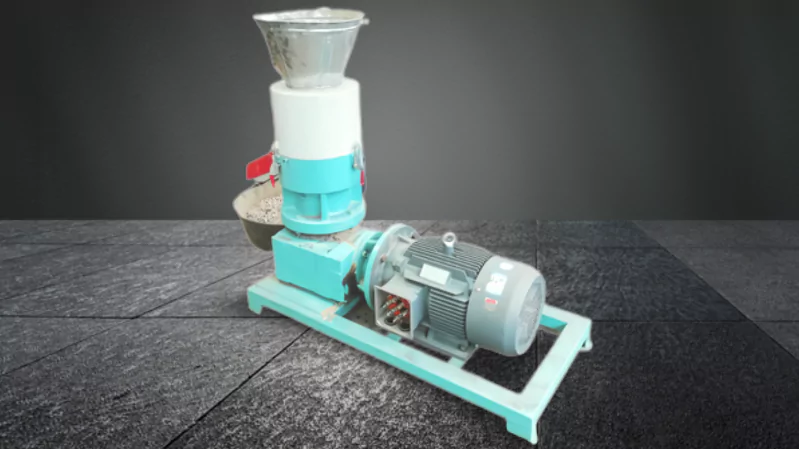
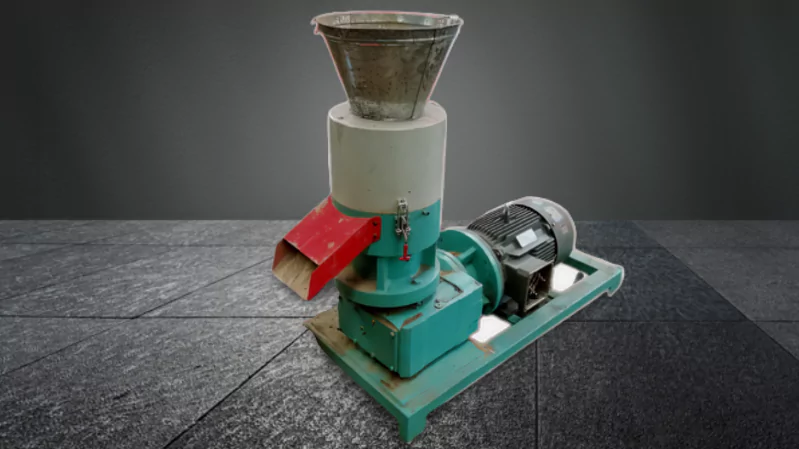
How to Choose a Wood Pellet Mill
To make an informed buying decision, you need to carefully look at your needs and the equipment’s capabilities.
1. Define Your Raw Material and Capacity Needs
You need to first choose your main feedstock (like pine, oak, or sawdust) and the output you want. This will help you find what you’re looking for, whether it’s “500 kg/h wood pellet mill price” or “buy a 2 tph wood pellet mill online.”
2. Select Your Power Source
Based on the infrastructure of your site, you need to weigh the pros and cons of a PTO wood pellet mill, a diesel wood pellet mill, and an electric 380V wood pellet mill.
3. Verify Technical Specifications
Ask the supplier of the wood pellet mill to help you choose the right compression ratio for your wood type. Make sure that the roller and die wear parts are also made of high-quality alloy steel.
4. Check for Safety and Quality Certifications
A CE/UL certified wood pellet mill is the least you need for work. Think about dust control and ATEX compliance for safety when making fuel.
5. Get a Detailed Quotation
Your quote for a wood pellet mill should include the lead time, the HS code for importing it, and the cost of extra parts like the die and rollers.


Operation and Maintenance
Master the “Cold vs. Hot Start” Procedures
One mistake I see operators make often is not getting the die ready the right way. To get the die hot and shiny for a cold start, you need to run an oily, non-abrasive mix through the mill first. This stops blockages and makes sure that the pellets are of good quality from the start.
Tune Your Feed Rate with the Ammeter
Don’t just guess how fast your feed is. You should keep an eye on the ammeter on the machine. You want to run the motor close to its full-load amperage for the best performance, but not so close that it overloads. This is how you get the best tuning for the feed rate and amperage.
Your Maintenance Schedule is Not Optional
It’s very important to have a good schedule for taking care of your pellet mill. This includes checking the lubrication system every day and the space between the roller and the die every week. If you don’t take care of this, it will break down and cost you a lot of money.
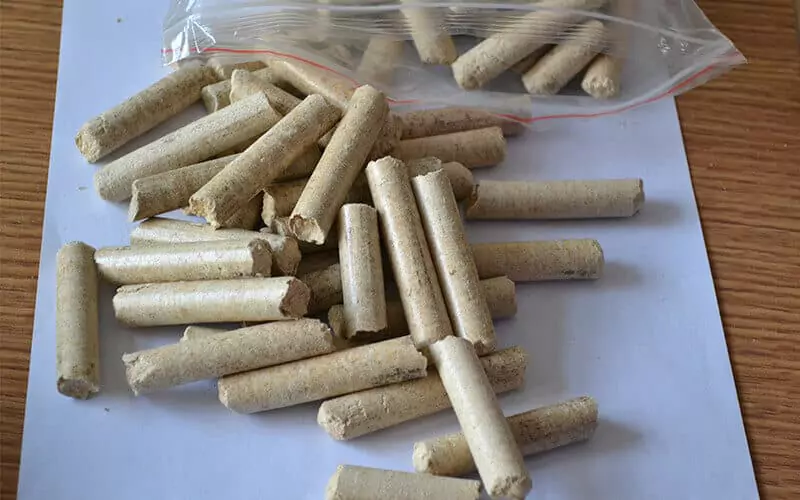

Conclusion
A wood pellet mill can be a great tool. It’s great for people who want to make cheap, renewable fuel from wood or wood waste. It lets you get fuel without relying on other, often more expensive, sources. It also gives you a smart way to make money from things you might already have at home or at work.
There is definitely a learning curve to making good pellets all the time, especially when it comes to getting your raw materials ready correctly, but the benefits are clear. Many people think that spending time and energy on something that gives them consistent, low-cost heat or even a product they can sell is worth it.
FAQ About Wood Pellet Mill
Q: What is the main difference between hardwood and softwood pellets?
A: Hardwood pellets, which come from trees like oak, are denser and burn longer. Softwood pellets, which come from trees like pine, usually have a higher heating value and make less ash. If made right, both can be good fuels.
Q: Do I need a binder to make wood pellets?
A: No. The binder-free wood pelletizing process works because the pellet mill’s high heat and pressure activate the wood’s natural lignin. This lignin is a natural glue that holds the pellet together.
Q: What is the ideal moisture content for sawdust before pelleting?
A: The best moisture level for pelleting sawdust is usually between 10% and 15%. If the material is too dry, it won’t stick together, and if it’s too wet, it will get stuck in the die.
Q: What is a PDI (Pellet Durability Index)?
A: The PDI is a measure of a pellet’s hardness and its resistance to breaking apart. A higher PDI means a higher quality pellet with fewer fines. A good commercial fuel pellet should have a PDI of 97.5% or higher to meet standards like ENplus.
Q: Is it cheaper to buy a used wood pellet mill?
A: A used or second-hand wood pellet mill may be cheaper at first, but it is a big risk. You need to carefully check the condition of the main wear parts, like the die and the rollers, because replacing them can be very expensive. For a company, a new machine with a warranty and help after the sale.
